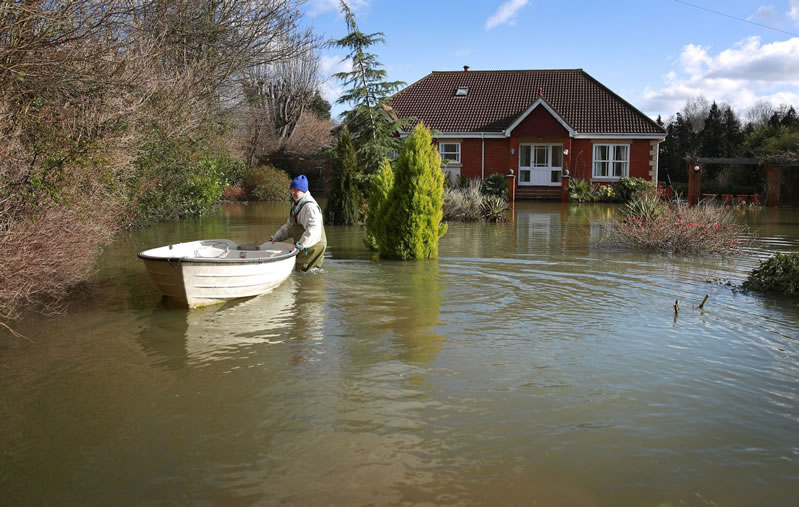
Trees need water to survive and develop, but too much of anything is a bad thing. Storms and floods are dangerous and pose serious risk to you, your family, and your property. During a storm, however, the last thing on your mind is your trees’ health. Still, you should assess the condition of your yard after a storm if you want to ensure that your trees stand tall. Southern Star Tree Service offers a line of tree services in Atlanta to help you keep trees at their best, but we have also prepared this article with some tips on how to remedy a flooded yard. If you have any particular questions or would like to hire an ISA-certified arborist, then call Southern Star Tree Service.
The Risk of Floods to Your Tree’s Health
Trees need water but also need nutrients and oxygen. Tree’s generally receive most of their nutrients from the top few inches of soil around its roots. Floods can wash away topsoil and the nutrients therein. Further, overwhelming amounts of water flooding your yard reduce available oxygen and trigger anaerobic activity in microorganisms in the soil. The anaerobic activity by these microorganisms then produces toxic and harmful compounds that will deteriorate your trees’ health.
The risk involved with flooding is not restricted to your tree’s health. Flooding can breed bacteria, mold, and pests that threaten your health. Extensive damage to your tree can also make it a safety risk; dying trees are likely to fall on homes, cars, and pedestrians.
Signs of Flooding Damage to Your Trees
The most obvious signs of damage are broken branches, uprooted trees, fungi growth, and leaning trunks. But be sure to look out for other red flags as well. Wilting leaves, prematurely discolored leaves, brittle branches, and slowed growth are all signs that it is time to call an arborist or tree care specialist. The experts at Southern Star Tree Service are always ready to take your call.
How To Remedy The Situation
The first step to remedying the situation is by removing excess water. Usually, you will have to wait for the water to recede on its own, with the help of drains and natural laws. Remove excess sediment left behind after the flood water recedes. This sediment restricts oxygen access. Be quick to remove the extra sediment because some trees quickly grow new roots into the sediment. Removing the sediment after the new roots have grown can place stress on the tree. If, conversely, soil has been eroded, then cover exposed roots with soil to prevent root drying and death.
Next, prune and trim diseased and damaged branches to avoid the spread of disease and waste of resources. Remove torn bark from trunks without creating large wounds. Any trees that are leaning heavily should be assessed by an arborist; they likely will have to be removed. Leaning trees pose great risks and damage caused by these trees will likely be your responsibility!
Need An ISA-Certified Arborist?
Do you need the assistance of an ISA-certified arborist? Our arborists at Southern Star Tree Service have the experience, expertise, and equipment to evaluate, diagnose, and treat your trees to bring them back to good health. Call Southern Star Tree Service to consult with a professional now.